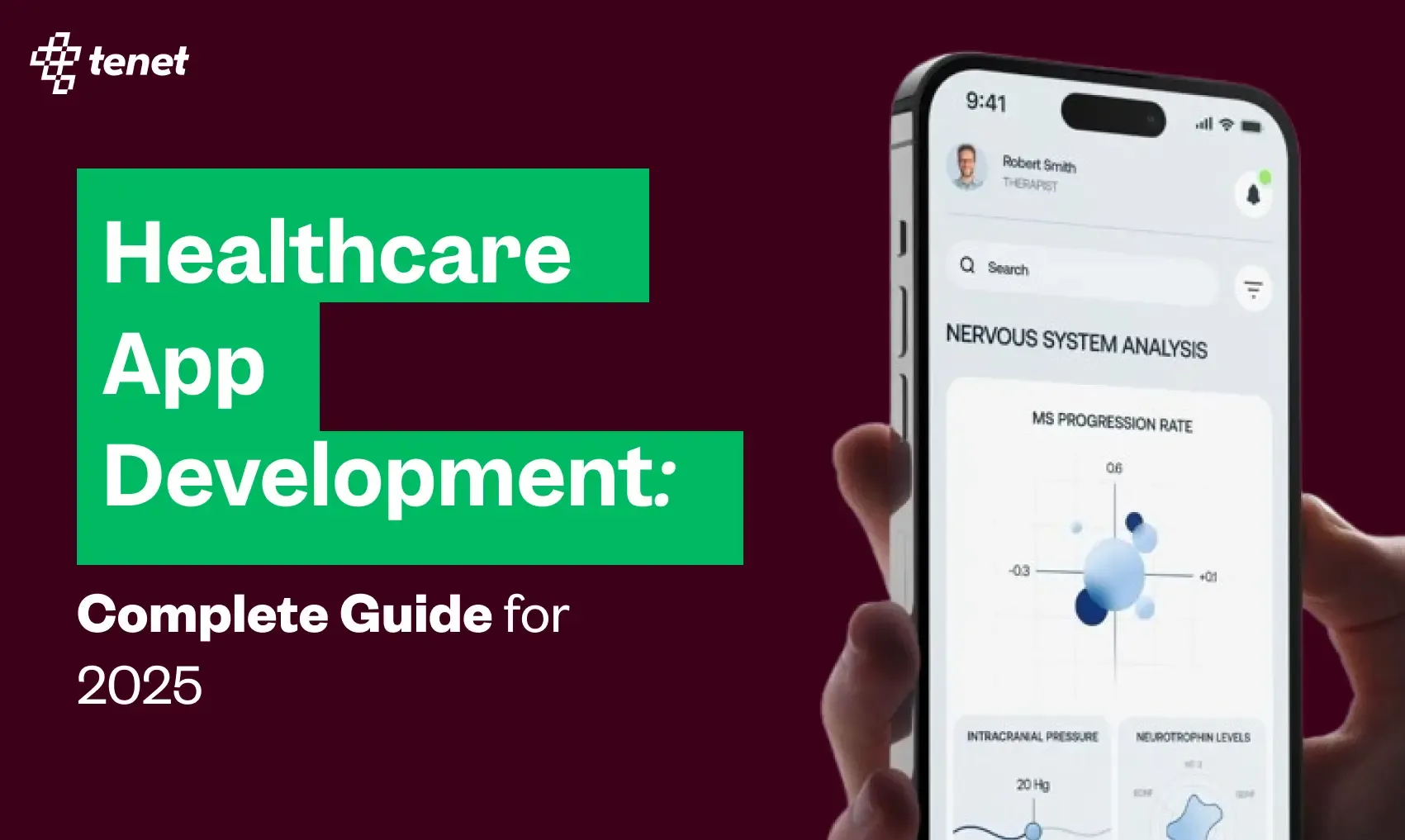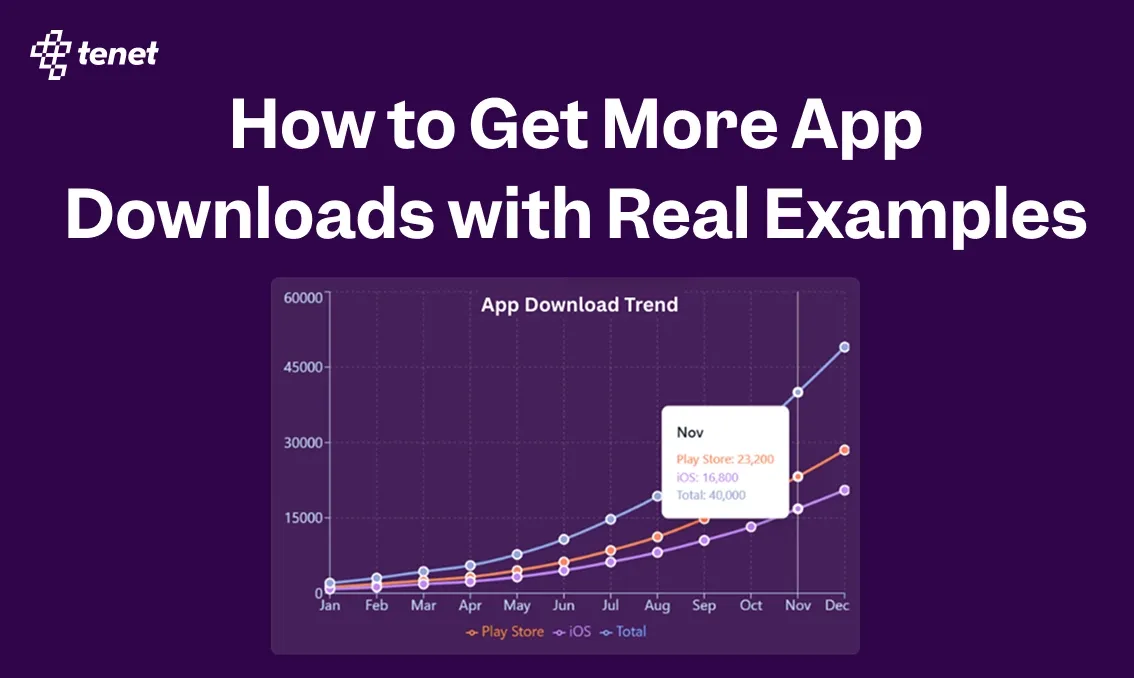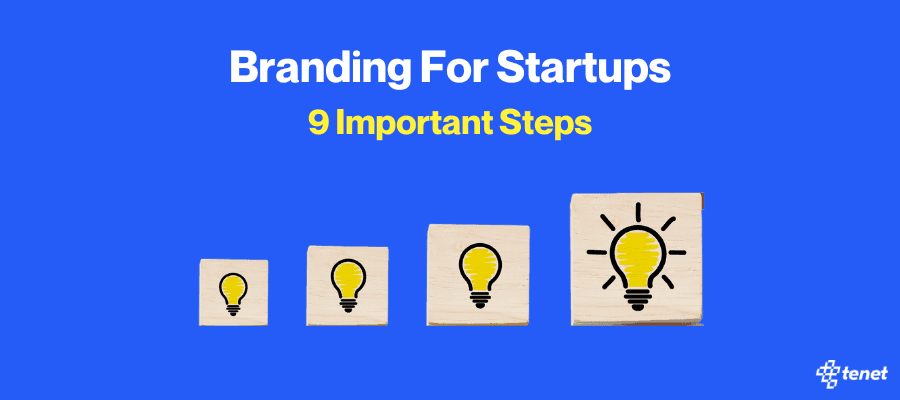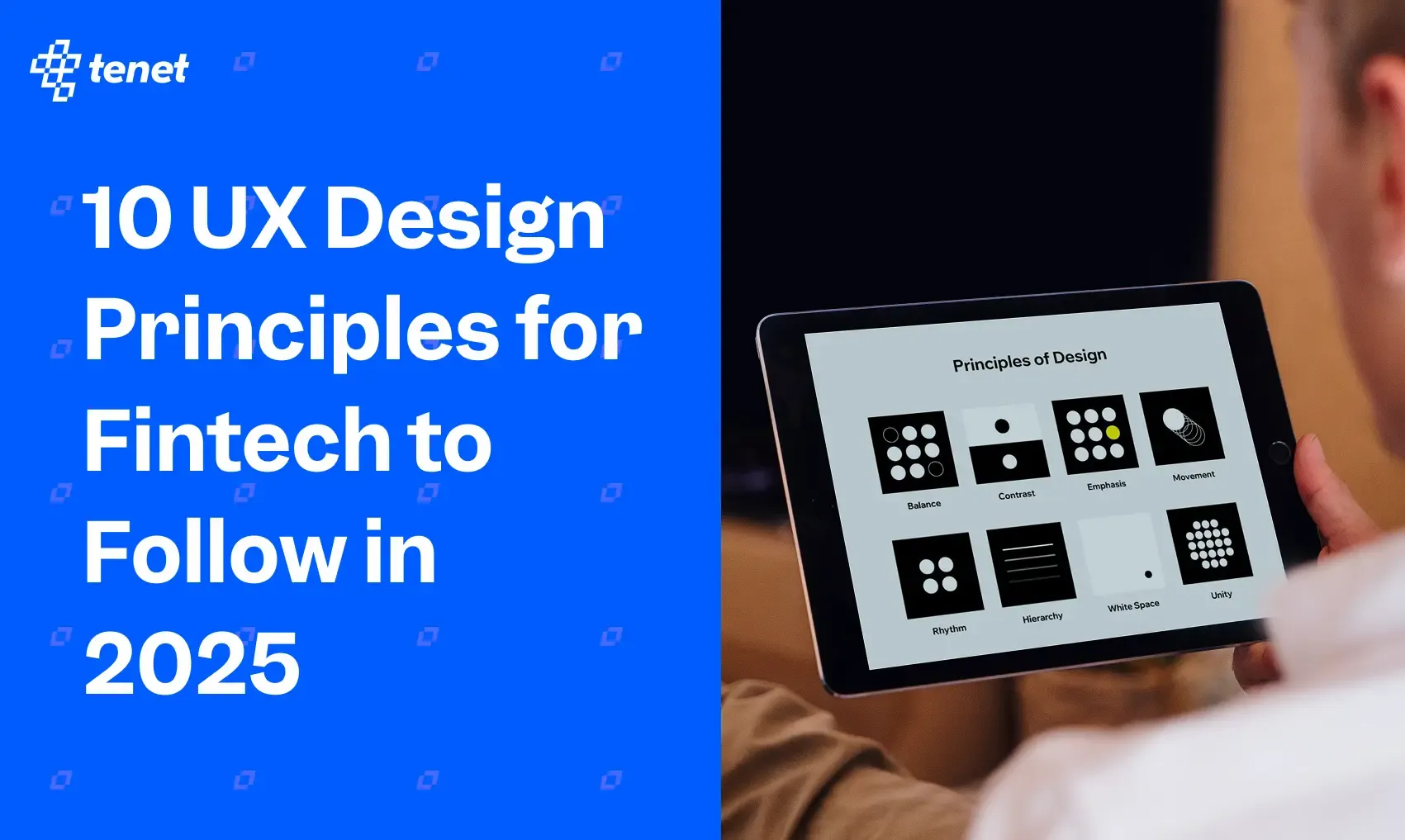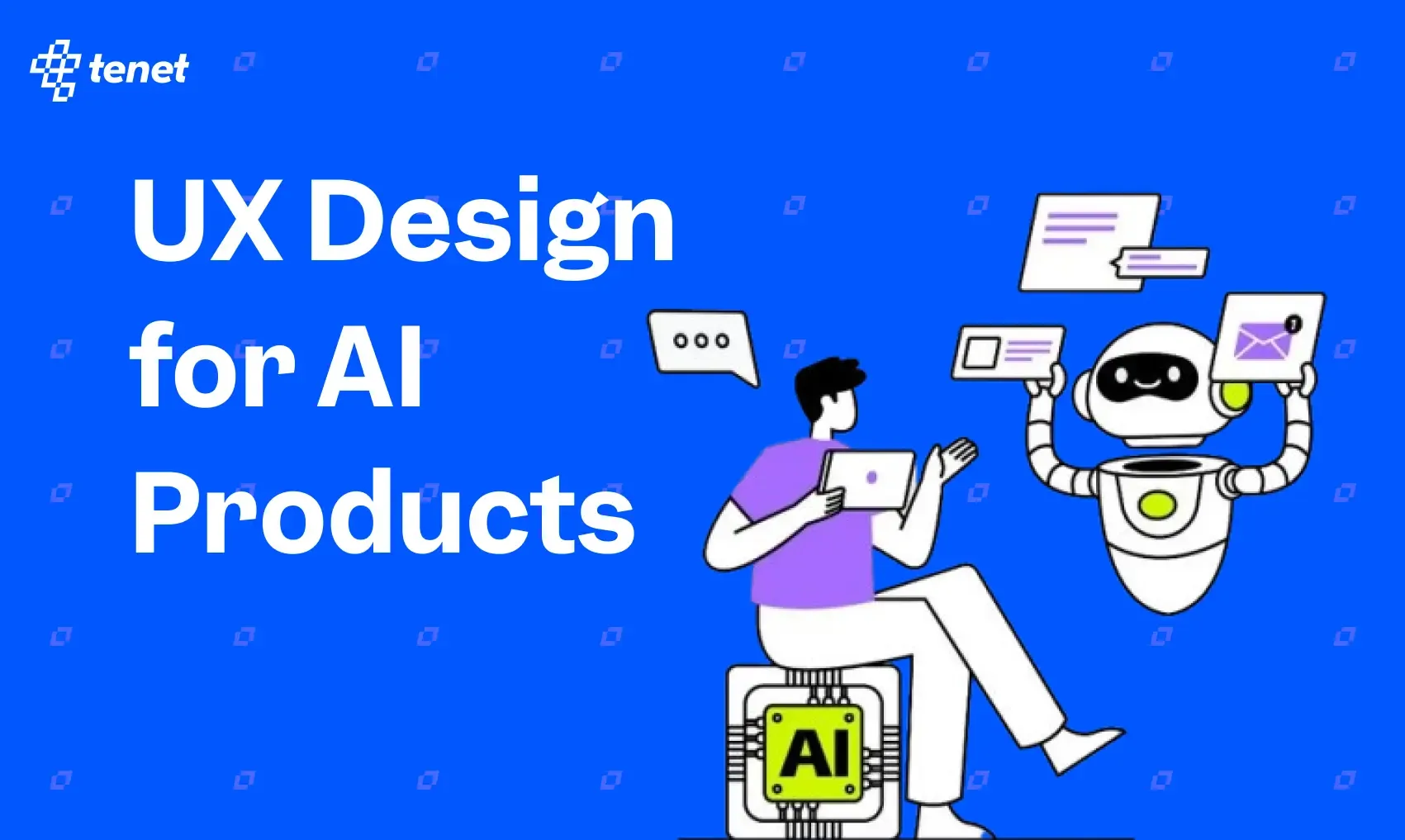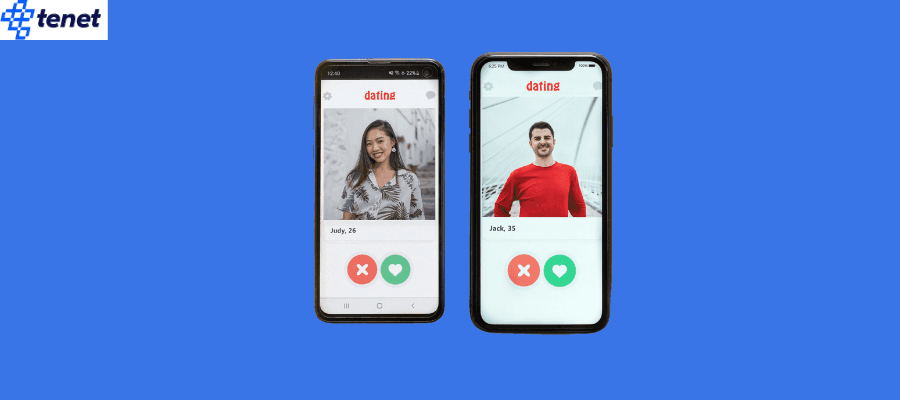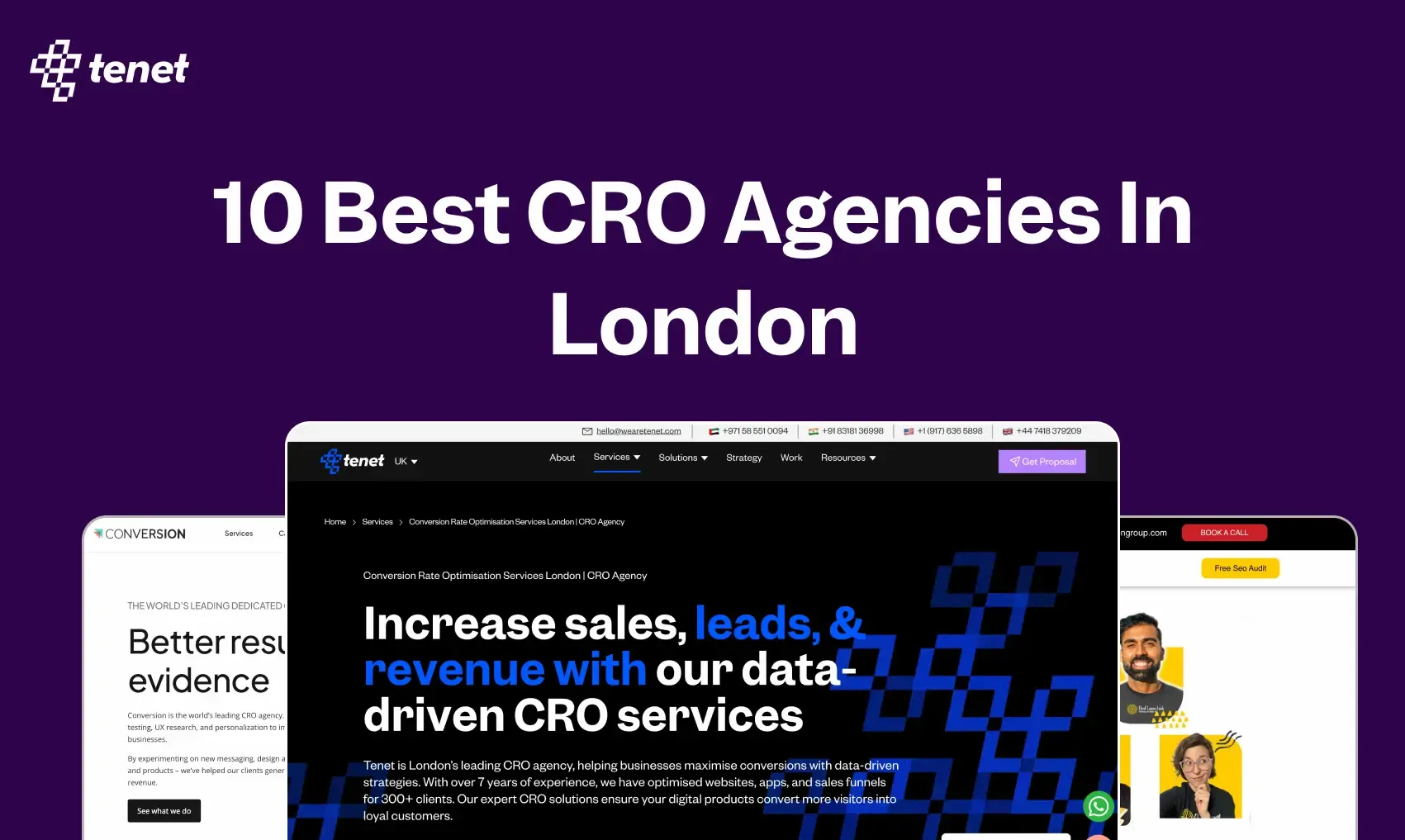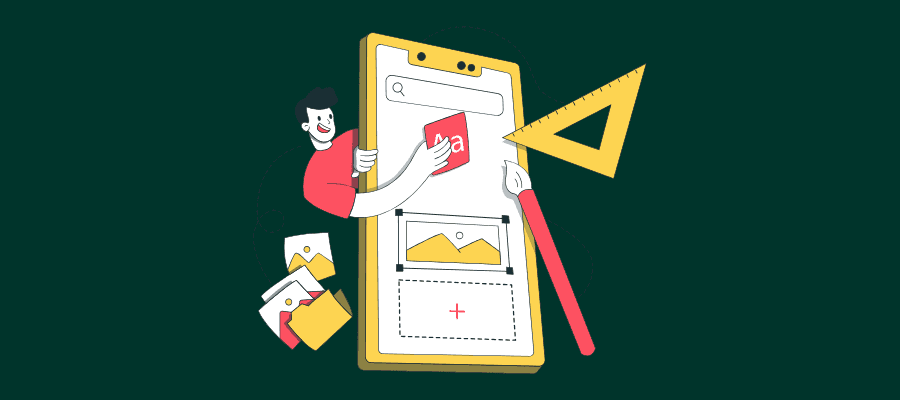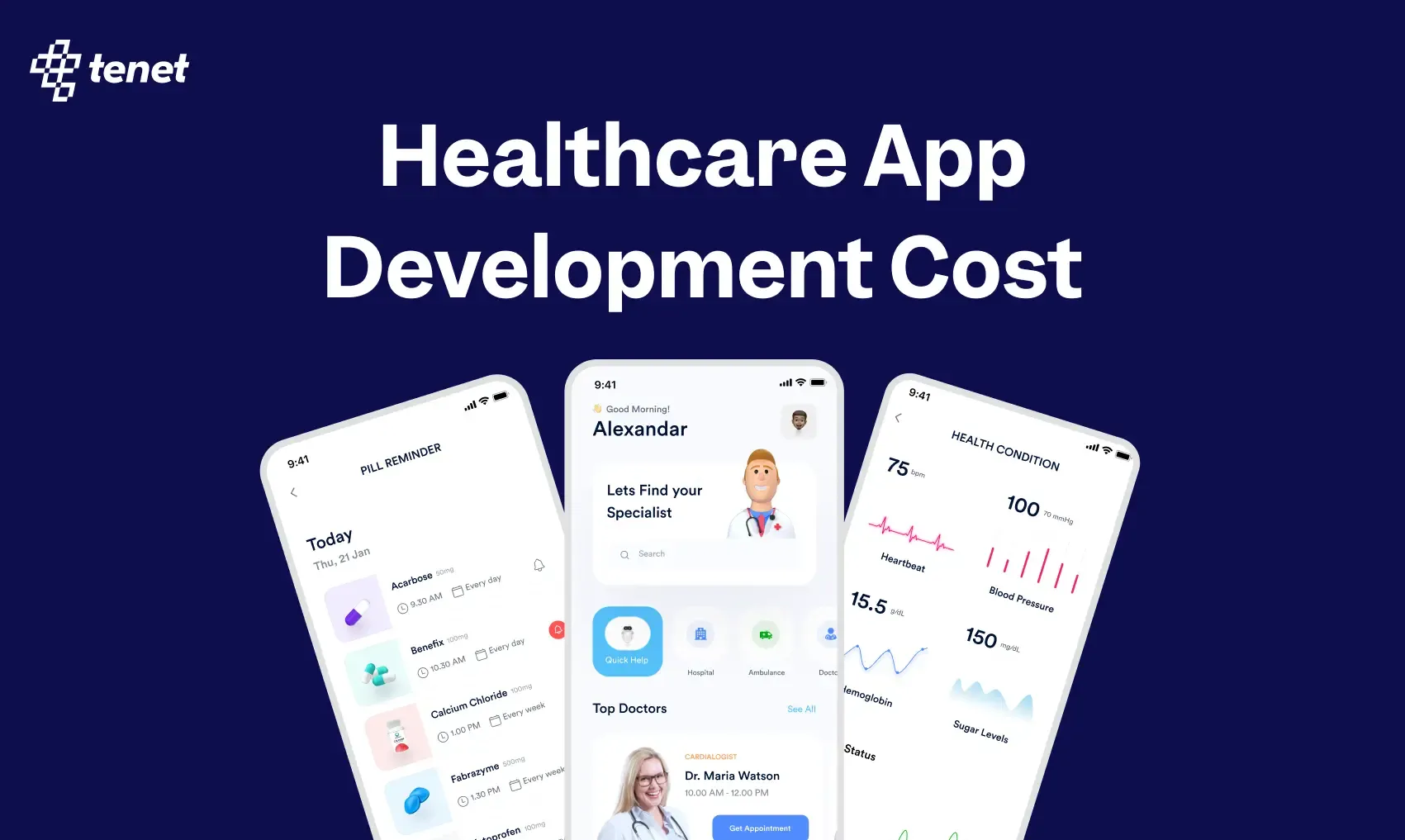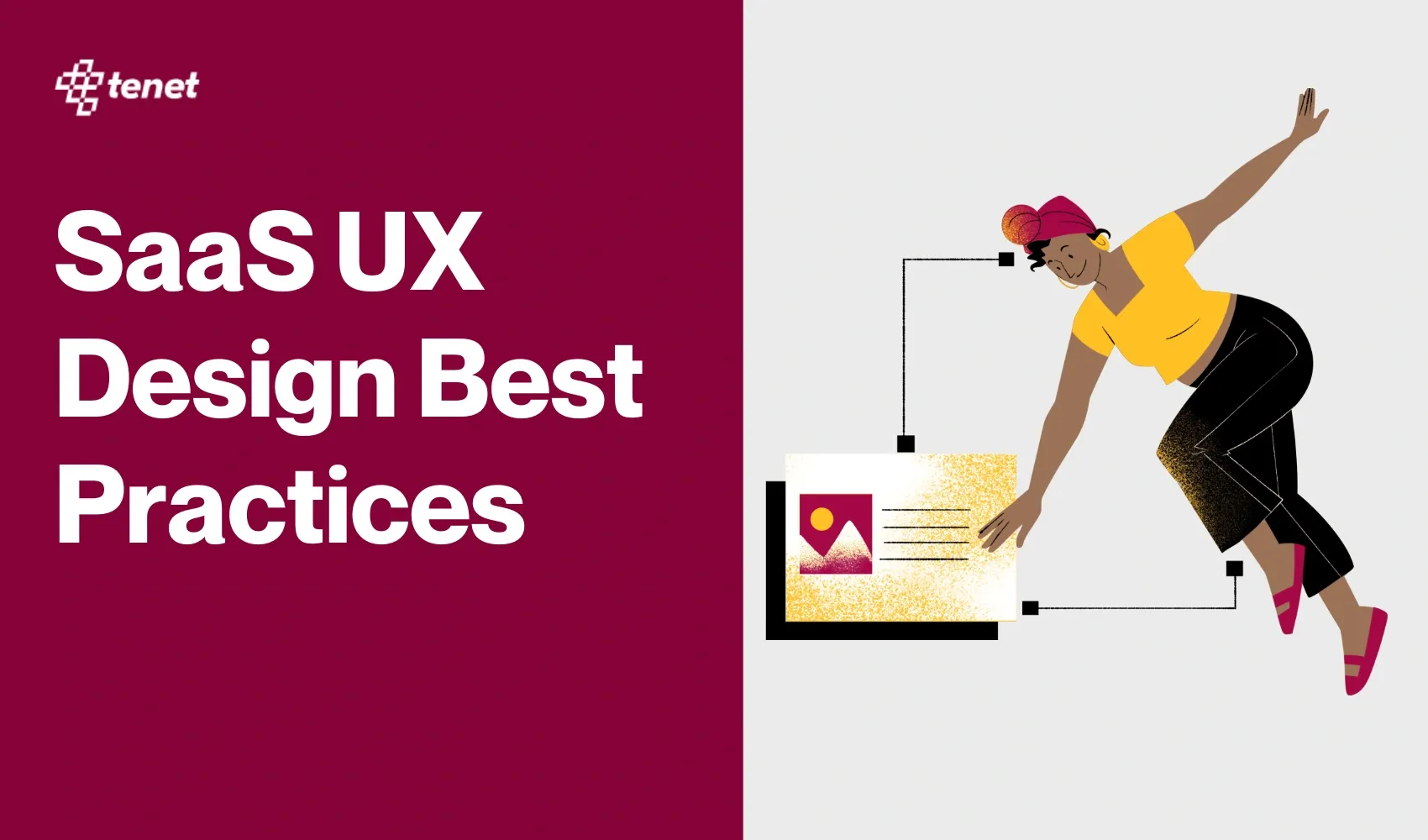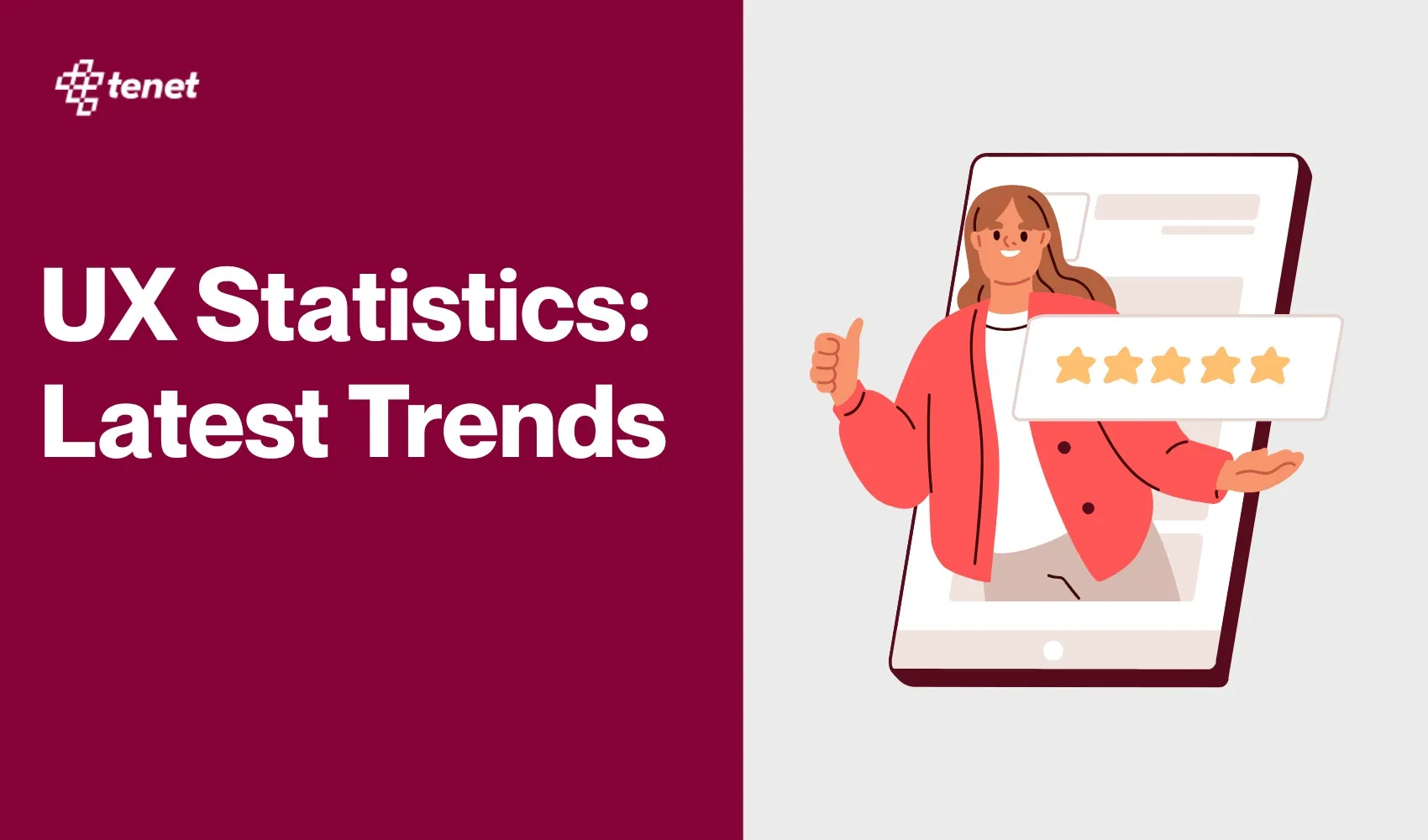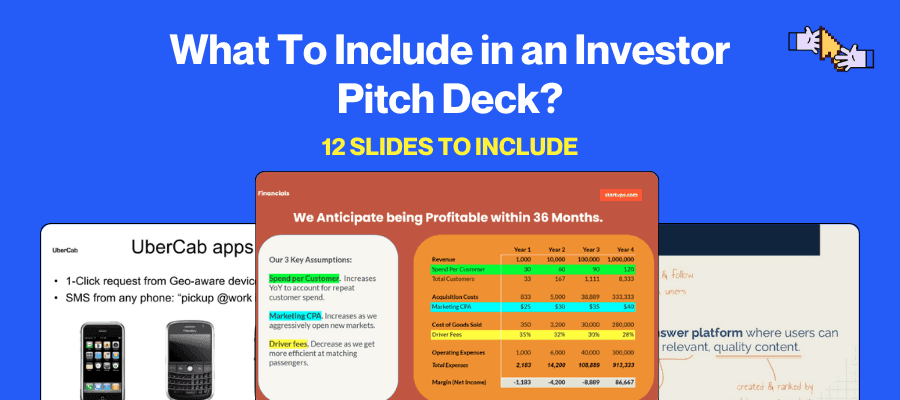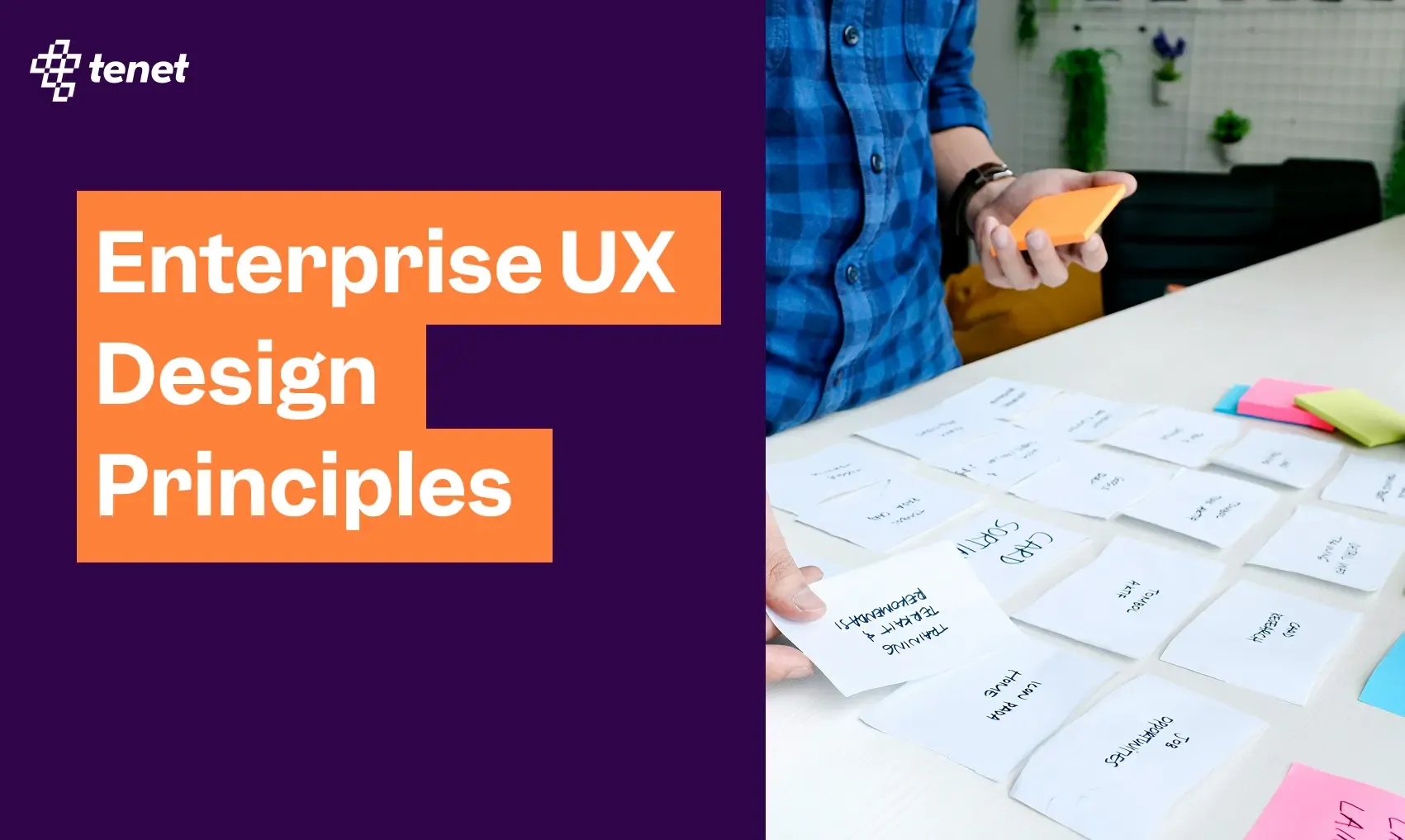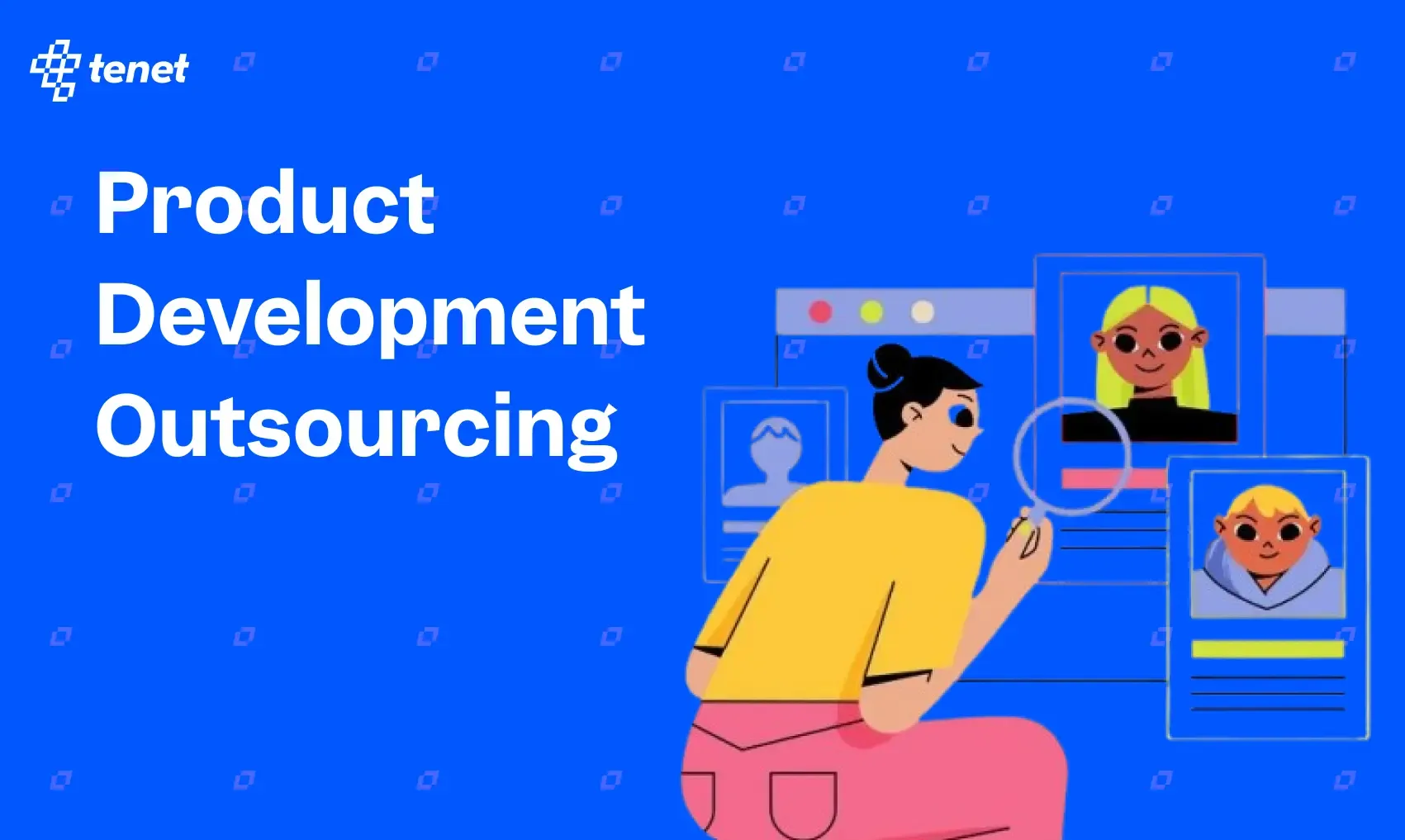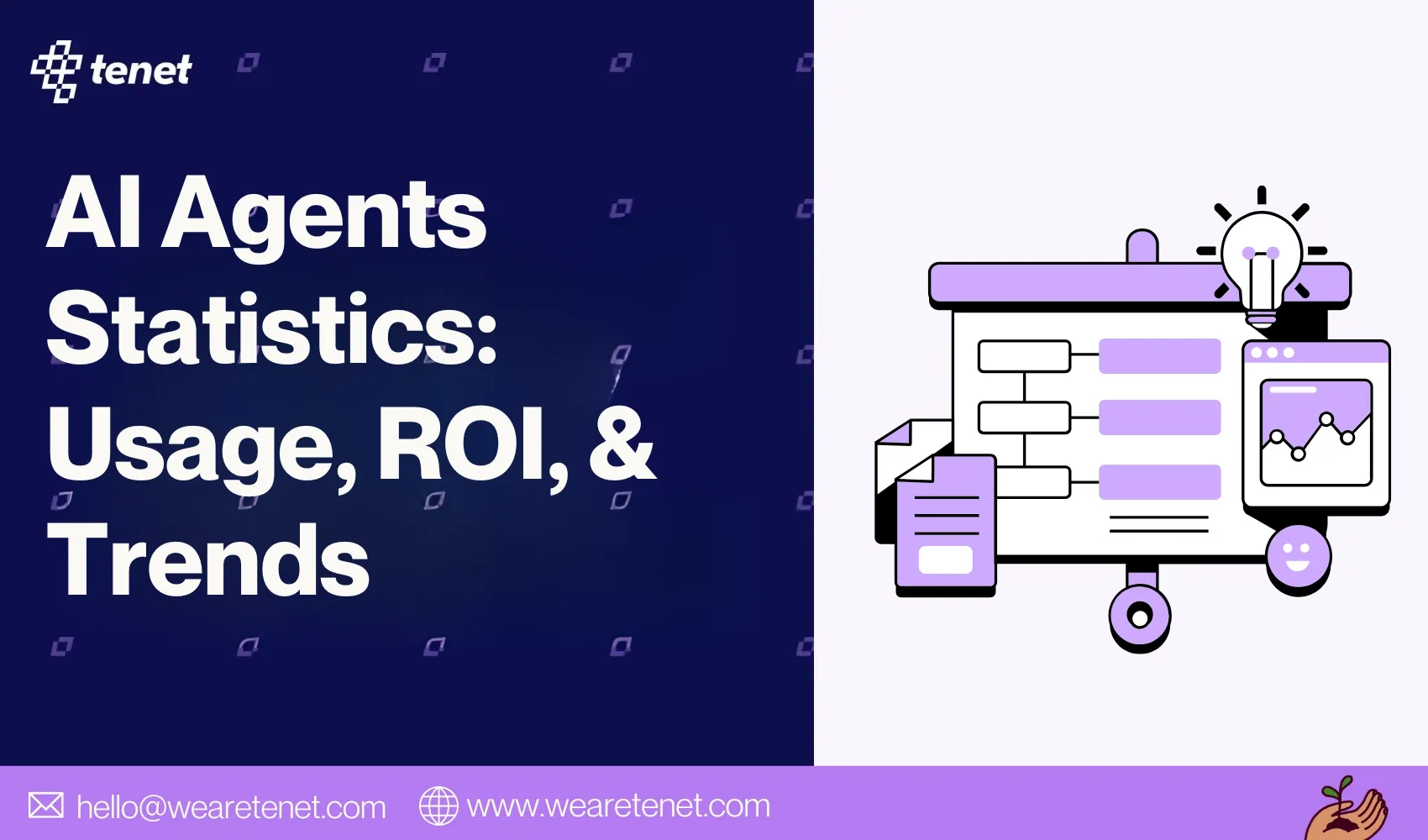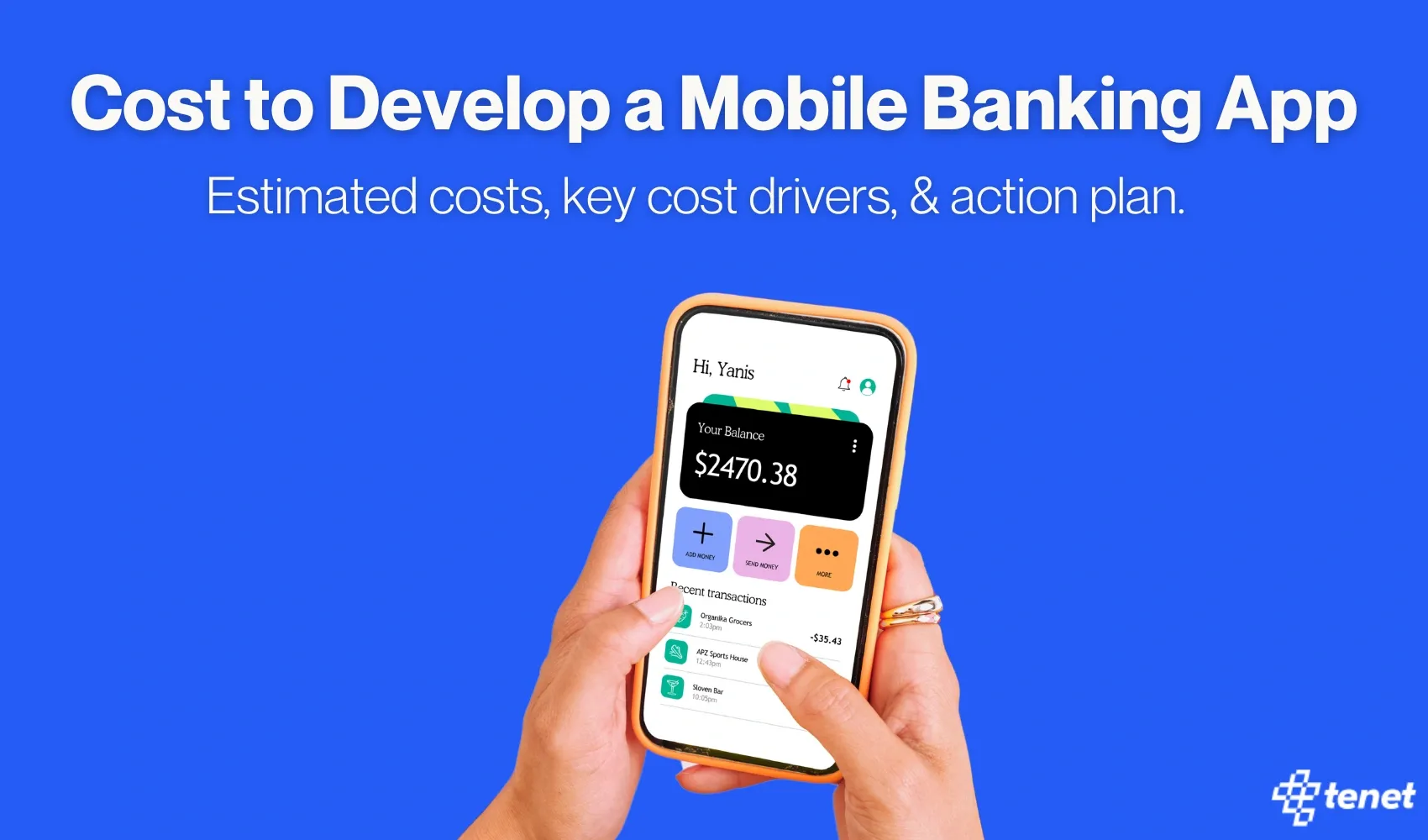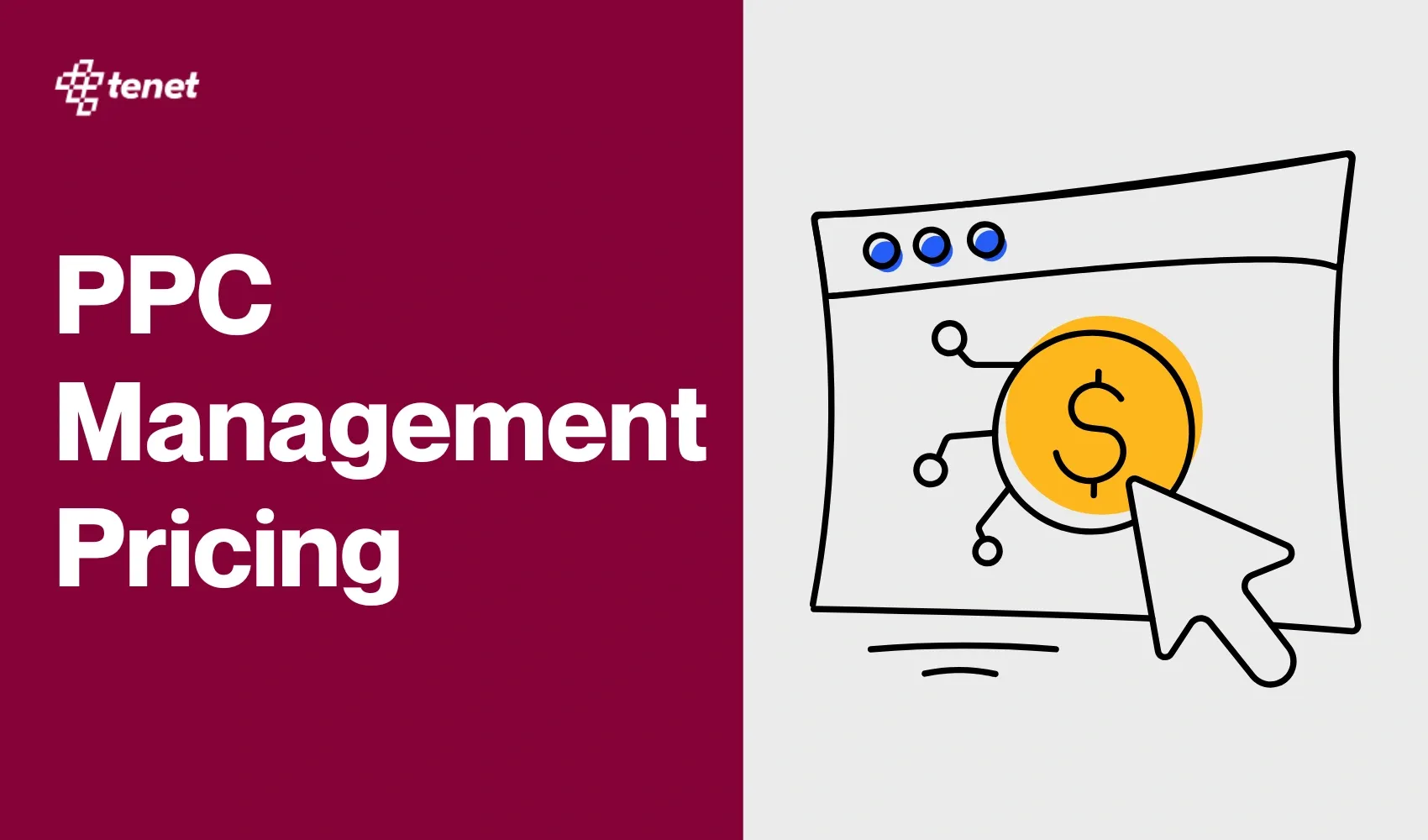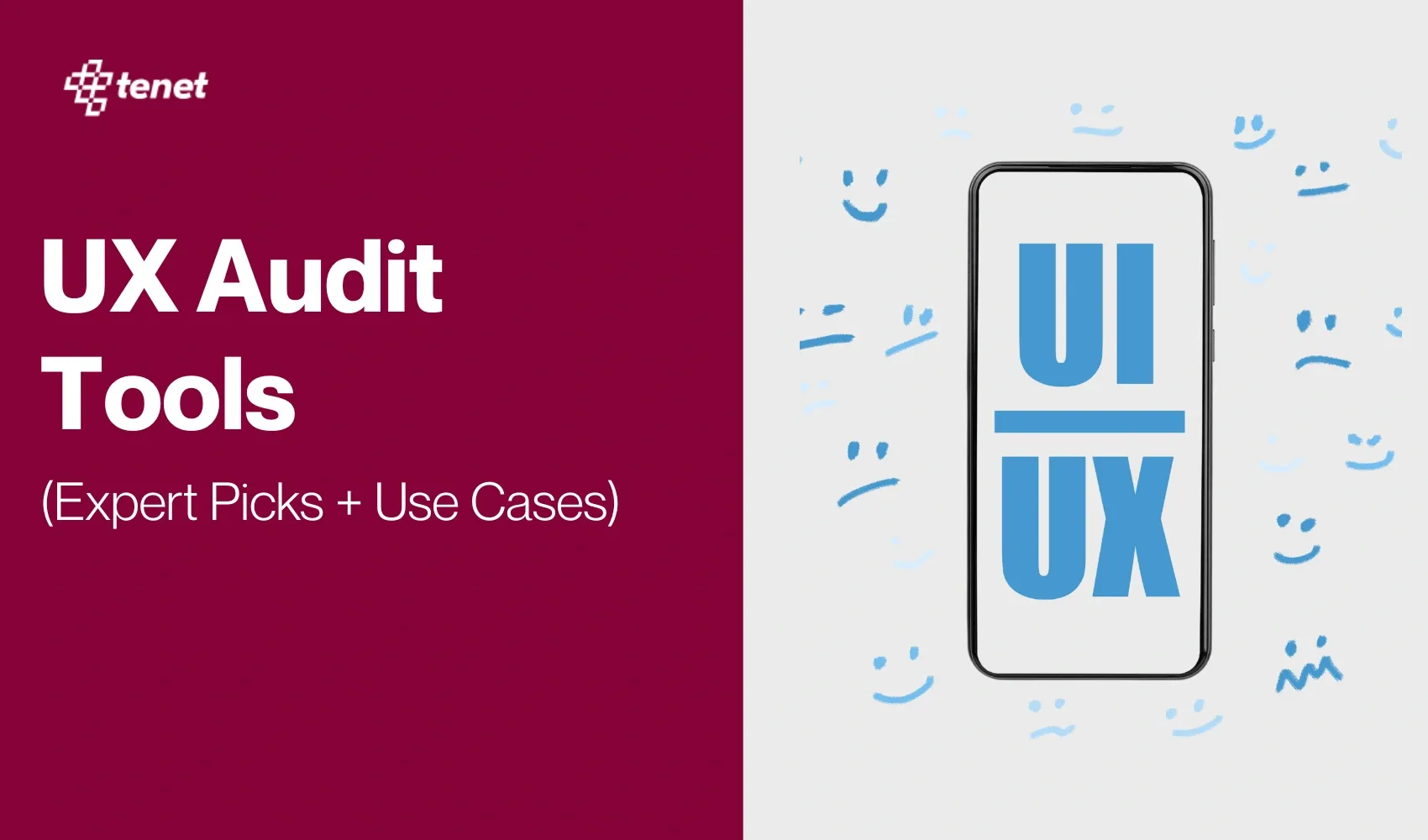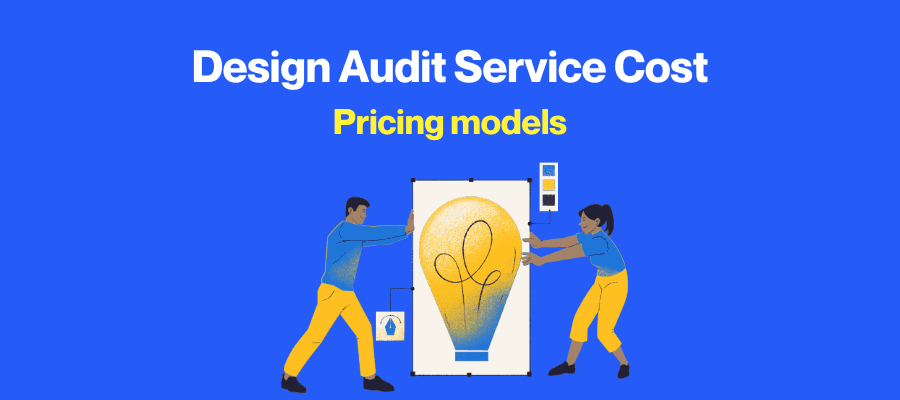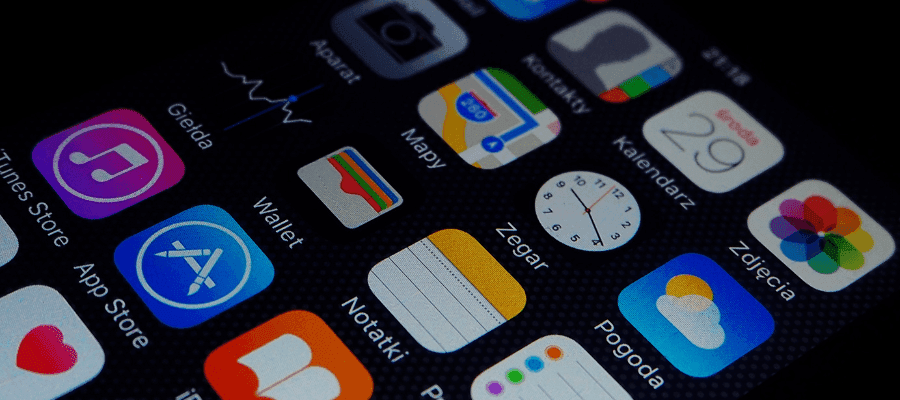Mobile App Development Cost Breakdown in 2025
Share
Share
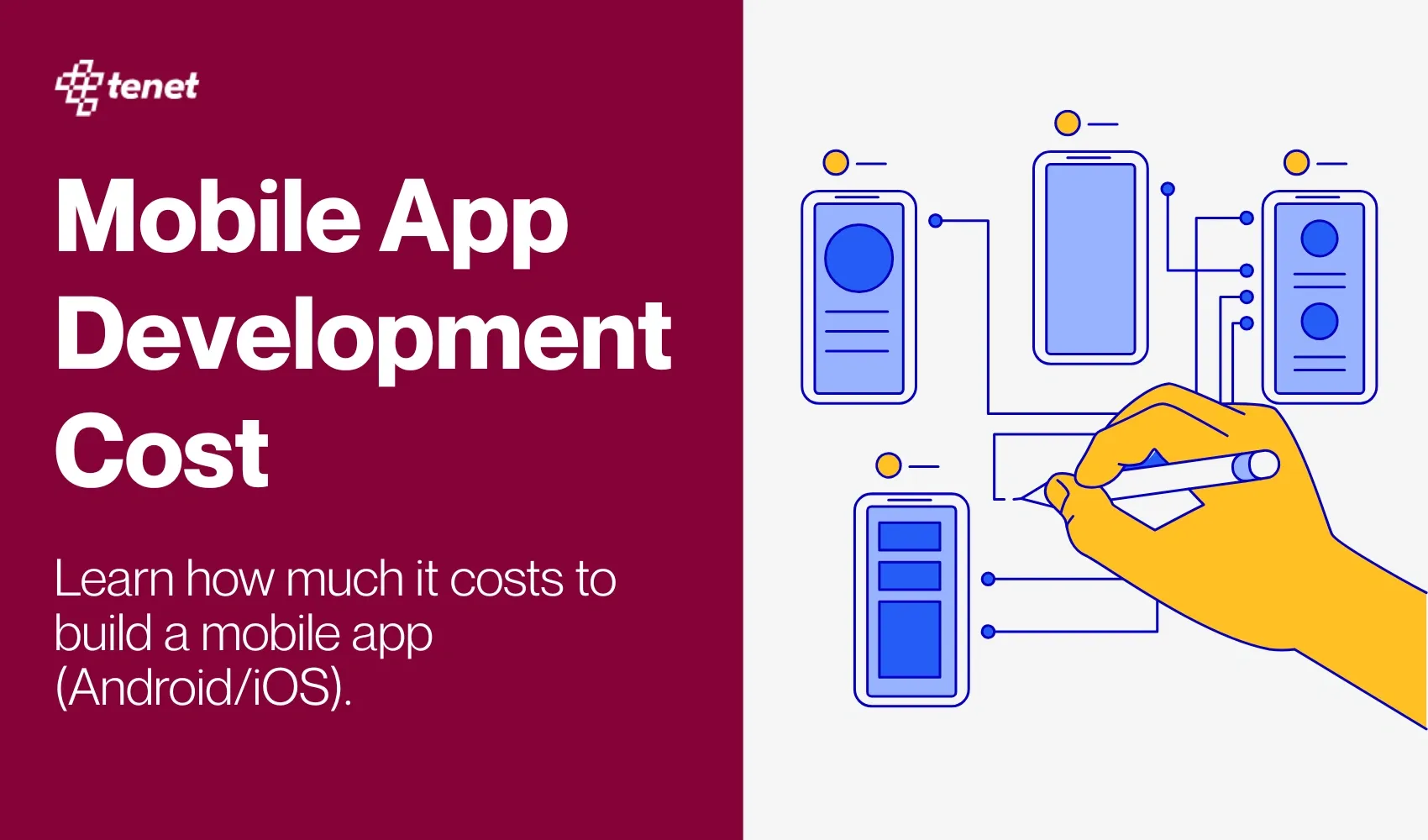
Planning a mobile app comes with many challenges. Teams often face confusion about which features to prioritize, whether to build for iOS, Android, or both, and how to design an interface that users will actually enjoy.
On top of that, technical choices such as backend setup, security standards, and third party integrations can slow down the process.
Without a clear understanding of these factors, projects face delays and results fall short of expectations.
This pricing guide explains the core elements that shape mobile application development cost and helps you evaluate what truly matters before you begin.
How much does mobile app development cost?
The cost of developing a mobile application usually falls between $10,000 and $500,000. The final amount depends on multiple factors, including the type of app, number of features, design quality, platform choice, such as iOS or Android, backend infrastructure, third-party integrations, and the level of scalability required.
Simple apps with limited functionality, such as a calculator, note-taking tool, or basic to-do list, usually fall at the lower end of the range.
Advanced or enterprise apps, like Uber, Instagram, or Slack, which include complex workflows, real-time data processing, user management, and custom design, reach the higher end of mobile application development cost.
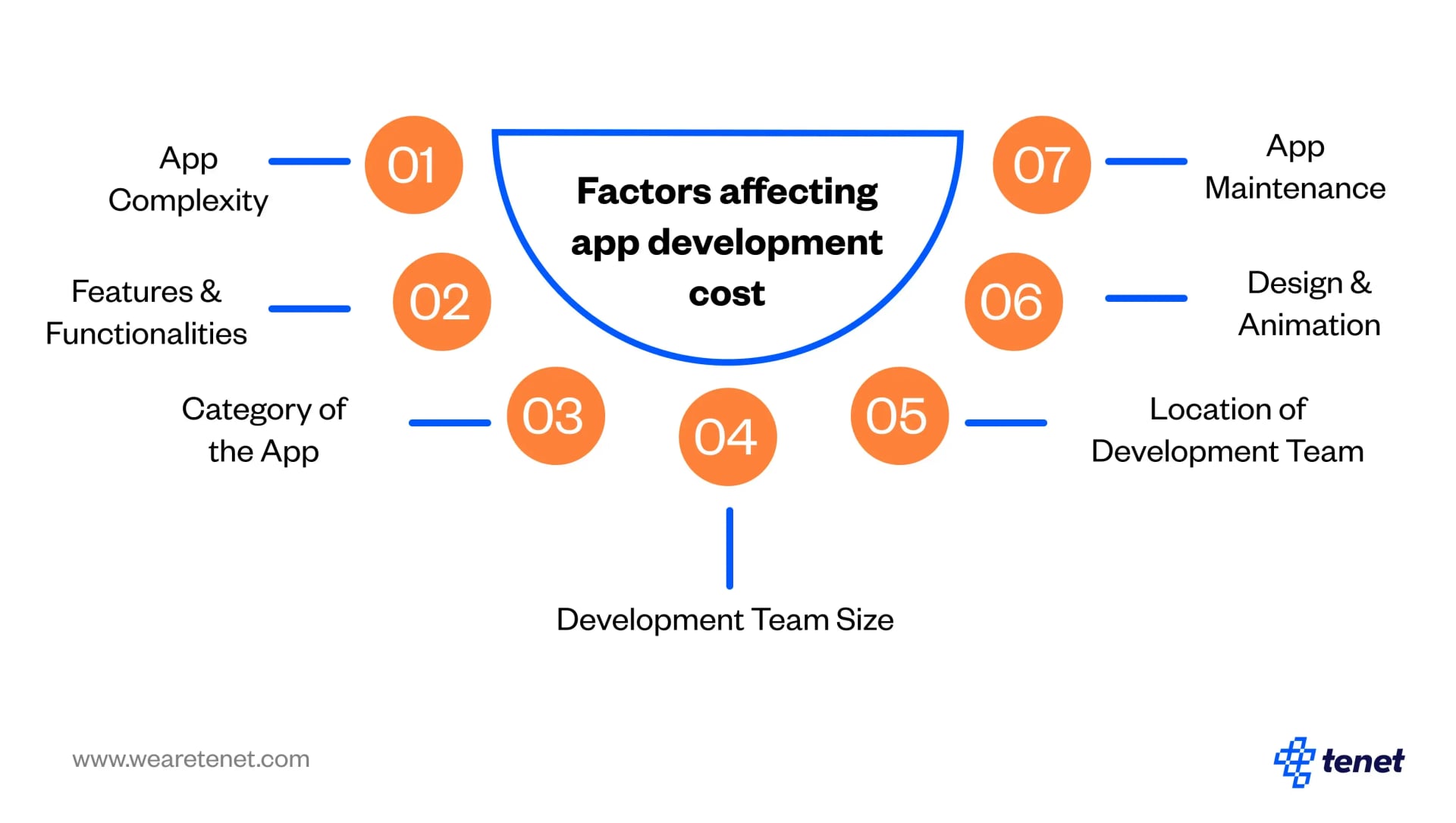
Explore our Android app development services by country:
- Android app development company in India
- Android development company in UK
- Android app development company in Dubai
What Factors Affect the Mobile App Development Costs (for iOS and Android)?
Let us have a look at the major factors that can impact the cost of mobile app development:
1. Mobile App Complexity
Mobile app complexity directly impacts development cost by influencing required resources and timelines.
- Features and Functionality: Advanced features like real-time chat or geolocation increase cost due to added time and expertise.
- Backend and Database: Complex backends handling large or real-time data, like in forex apps, cost more.
- Platforms and Devices: Supporting both iOS and Android or multiple devices raises costs due to extra adjustments.
- Third-Party Integration: APIs for payments, CRM, or social media add complexity and increase costs.
- Security: Apps with sensitive data need advanced security, which raises costs due to specialized requirements.
Here is the breakup of the cost of the development of the app based on the level of complexity:
2. Features and Functionalities
Features and functionalities are central factors that impact mobile app development costs because they define the scope of the app’s complexity, required resources, and development time.
Each added feature raises the cost of app development. Therefore, for mobile app development projects, it’s best to focus on essential features in the first version to deliver a strong user experience at a lower cost.
Building a Minimum Viable Product (MVP) with core features is ideal, as it allows you to gather customer feedback while keeping expenses and time investment low.
Here’s a breakdown of how different types of features and functionalities can drive up the cost:
3. Category of the App
The category of a mobile app impacts its development cost because different types of apps require different features, technologies, and levels of complexity. Here’s how various app categories affect cost:
This following table shows the estimated development cost ranges for different types of mobile and web apps based on industry averages.
4. Size and Location of Development Team
Choosing the right team size is key to delivering your app on time and within budget.
- Large teams speed up development through parallel tasking but may lead to higher costs due to coordination and communication overhead.
- Small teams are more agile and efficient but may take longer, increasing project timelines.
Pick a team size that matches your app's complexity and deadlines.
Location
The location of the team can also impact the cost of mobile app development. Based on location, there can be four types of teams: Onshore, Offshore, Nearshore, and Hybrid.
The cost of hiring a team can also vary across cities. The average rates of hiring a team across various popular cities are as follows:
5. Design & Animation of the App
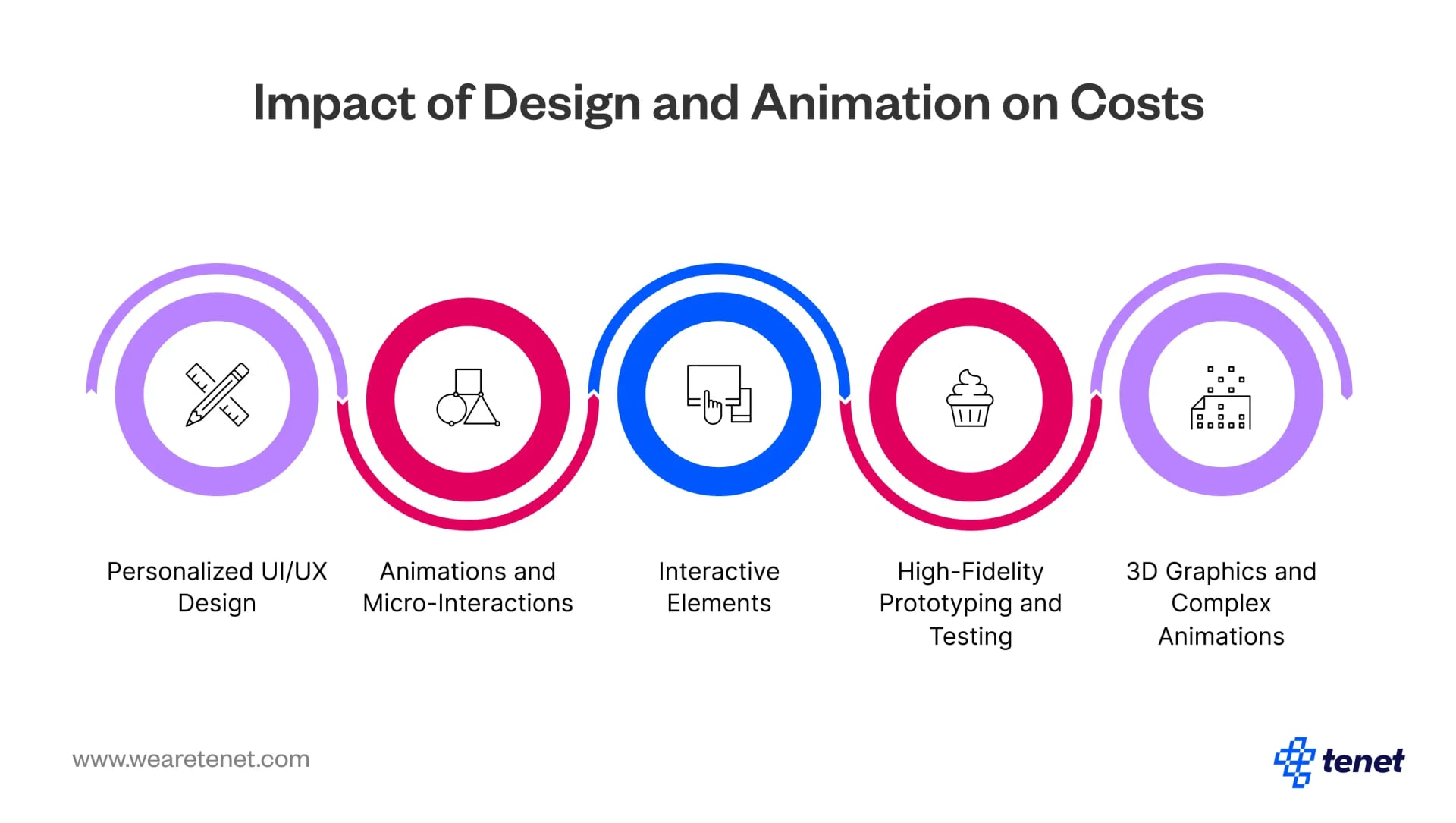
Design and animation impact on app cost
Design and animation greatly affect app development costs by increasing UI/UX complexity.
- Custom UI/UX needs expert designers and more time than templates, especially for brand-specific layouts and multi-device optimization.
- Animations & Micro-Interactions like transitions and spinners improve UX but require time, testing, and specialized skills.
- Interactive Features such as swipe or drag-and-drop increase engagement but add to development effort.
- High-Fidelity Prototypes help test complex apps early but take more time and resources.
- 3D & Advanced Animations demand skilled talent and optimization, raising costs further.
Here is a table showing the breakdown of the cost associated with app designing:
6. App Maintenance
Maintaining an app ensures it stays updated, secure, and compatible with the latest devices and trends. Here's how it adds to the cost:
- Bug Fixes & Updates: Regular improvements and fixes require ongoing developer time.
- OS & Device Compatibility: New versions demand updates and testing to ensure smooth functioning.
- Feature Upgrades: Adding or refining features as user needs evolve increases effort and cost.
- Security: Continuous threat monitoring and patching are essential and resource-intensive.
- Server Maintenance: Backend upkeep, scaling, and backups add to ongoing costs.
- Performance Tuning: Optimizing speed and efficiency requires continuous development.
Here is a table showing the cost associated with app maintenance:
7. Code Reuse
Did you know that by reusing the existing code, companies can reduce the cost of app development from 20% to 30% as compared to one build from scratch?
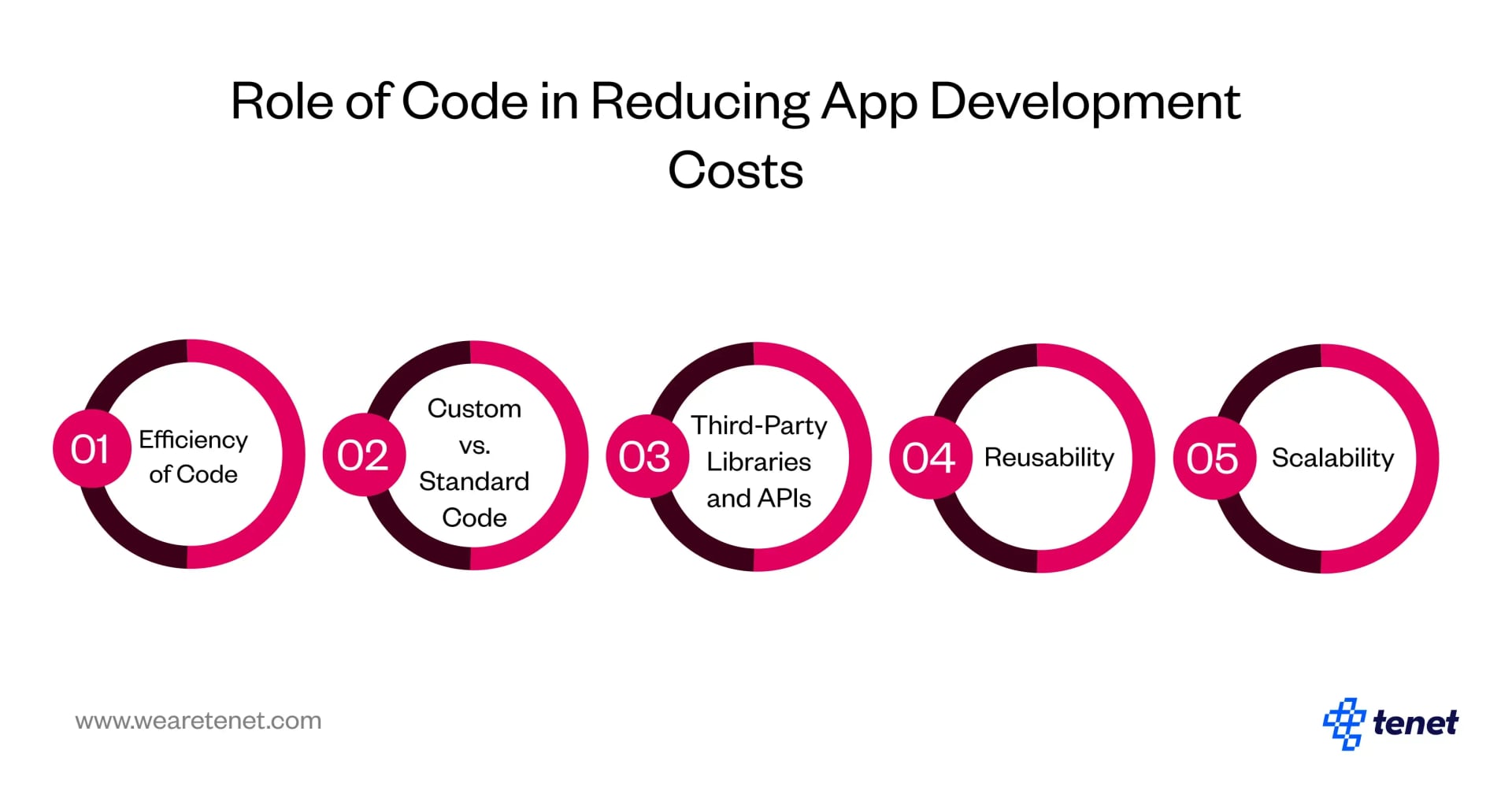
Code use is the only factor that can reduce the cost of app development rather than increasing it. Thus, the way code is written and used in an app can significantly impact the development cost in several ways. They are as follows:
- Efficiency of Code: Clean and efficient code reduces development time and simplifies future updates, thus lowering long-term costs. Conversely, poorly optimized code can slow development, introduce bugs, and increase testing and maintenance needs.
- Custom vs. Standard Code: Custom code is tailored to specific app requirements and can be costly initially but may be essential for unique features. In contrast, standard code can expedite development but may limit flexibility and incur higher future maintenance costs.
- Third-Party Libraries and APIs: Utilizing pre-built libraries or APIs can accelerate development and reduce costs, as developers avoid starting from scratch. However, over-reliance on these solutions may lead to integration challenges and additional costs for updates.
- Reusability: Modular and reusable code saves time and money by minimizing repetitive work, ultimately lowering future development costs.
- Scalability: Scalable code is crucial for apps that need to grow over time; neglecting this can result in expensive redesigns and optimizations later.
Mobile app development pricing models (quick overview)
Choosing the right pricing model helps control your app development budget. Here are the three most common ones:
1. Fixed (project-based) pricing
How it works: You agree on a fixed total price before the project starts. This price is based on clearly defined features, timelines, and deliverables. The cost remains the same unless there are major changes to the scope.
- Best for: Small projects with clear, fixed requirements.
- Pros: Predictable cost, easy vendor comparison, and no need for hourly tracking.
- Cons: Not flexible if the scope changes mid-project.
- Typical cost: $10,000 – $100,000+
2. Hourly pricing
How it works: You pay the developer or agency based on the number of hours they work. The total cost depends on the hours spent, which are tracked using tools or reports. This model gives you the freedom to adjust the scope anytime.
- Best for: Projects with changing needs or undefined scopes.
- Pros: Offers flexibility and real-time progress tracking.
- Cons: Total cost is unpredictable and may increase if the project takes longer.
- Typical cost: $15 – $150 per hour
3. Value-based pricing
How it works: The price is set based on the value the app is expected to deliver to your business, rather than the time or effort involved. This model focuses on results, quality, and strategic goals instead of just deliverables.
- Best for: Businesses that prioritize results, quality, and user experience.
- Pros: Focuses on business outcomes and customer satisfaction.
- Cons: Needs deep research and time to estimate perceived value accurately.
Typical cost: $25,000 – $150,000+
Why Do Brands Choose Tenet for Designing and Developing Custom Mobile Applications?
Tenet is an industry pioneer in mobile app development and design. With a 98% customer satisfaction rate, we have delivered more than 450+ solutions. Our solutions have impacted more than 20M+ people,
Our company provides end-to-end support from research to growth, ensuring that you achieve the desired growth through our solutions. When you collaborate with us, our team of experts is dedicated to delivering customer-centric solutions.
Want to hire us for your next mobile app development process? Let's talk.
FAQs
How much does it cost to develop an Android mobile app?
The cost of developing an Android app typically ranges from $10,000 to $300,000. Simple Android apps with limited features are on the lower end, while advanced apps with real-time data, integrations, and custom design can cost significantly more.
How much does it cost to develop an iOS mobile app?
Developing an iOS app usually costs between $15,000 and $400,000. Basic apps for iPhone or iPad fall at the lower end, while complex enterprise iOS apps with advanced workflows and security features are at the higher end.
How much does it cost to develop a mobile application?
The cost of developing a mobile application ranges from $10,000 to $500,000. The price depends on factors like app complexity, features, platform choice, backend infrastructure, and design requirements.
Is Android app development cheaper than iOS?
Android app development is often more cost-effective for simple apps, starting at around $10,000. However, because Android devices vary in screen sizes and configurations, complex Android apps may cost as much as or more than iOS apps.
What factors affect mobile app development cost?
Key factors that affect mobile app development cost include the number of features, app complexity, design quality, backend infrastructure, platform choice (Android, iOS, or both), third-party integrations, and developer location.
Get a custom quote for your mobile application development project
Get a custom quote for your mobile application development project

Got an idea on your mind?
We’d love to hear about your brand, your visions, current challenges, even if you’re not sure what your next step is.
Let’s talk
